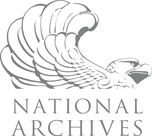 Webコンテンツの表示
Webコンテンツの表示

Roosevelt Family Challenge
President Teddy Roosevelt was Franklin Roosevelt’s distance cousin. Like all Roosevelts, Teddy loved the outdoors and was very competitive. Sometimes he would throw down family challenges. These were activities designed to put the family toughness and innovation to the test. One of TR’s favorites was a ‘straight line hike’ where the family would hike from one point to another having to go through, over or across whatever lay in the way.
View More
Hobo Code
During the Great Depression jobs were hard to come by so many young people in their late teens and early 20s ‘took to the rails’ and traveled from town to town by hopping slow moving trains. Hobos were honest, hardworking young people who would do odd jobs – rake leaves, paint barns and houses, chop wood, pick fruit and so forth in exchange for a good meal and a safe place to sleep. Because they were always entering new and unfamiliar places with unknown dangers, Hobos developed their own special code to communicate and warn each other of dangers and opportunities.
View More
What can you do with the next 100 days
Franklin Roosevelt became President on March 4, 1933, in the middle of the Great Depression and his first 100 Days proved the busiest and most successful legislative period in US history.
View More
“MY DAY” Summer Journal or Blog
Eleanor Roosevelt wrote a daily column called “MY DAY” that appeared in newspapers and magazines all across the country every day (except Sunday) for about 26 years. Because she wrote about the events happening in her life (sometimes about very important things like war and international peace, sometimes about not very important things, like her shopping at a local farm market) some people consider her column to have been the world’s first blog.
View More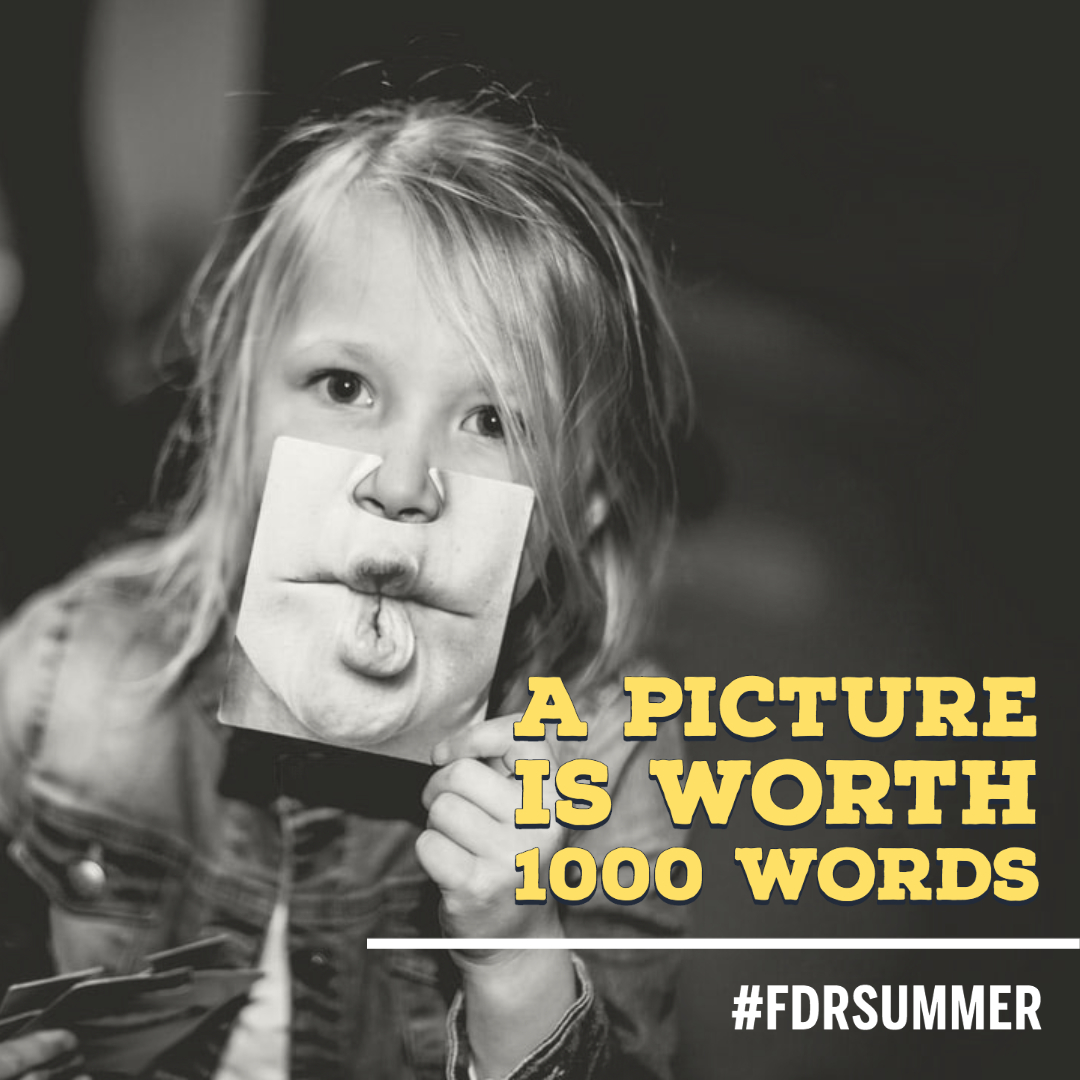
A Picture is Worth 1000 Words
Franklin Roosevelt’s parents were very supportive of his various interests: sailing, stamp and book collecting, bird watching and so forth. So when FDR expressed an interest in photography, they purchased a state-of-the-art camera kit for him. The camera was a large box like device, just a little smaller than a typical shoe box, that was set up on a wooden tripod. Today, most of us have cameras tucked right in our pockets on our I-phones. We can take pictures and make videos to capture moments or share with friends whenever and wherever we go.
View More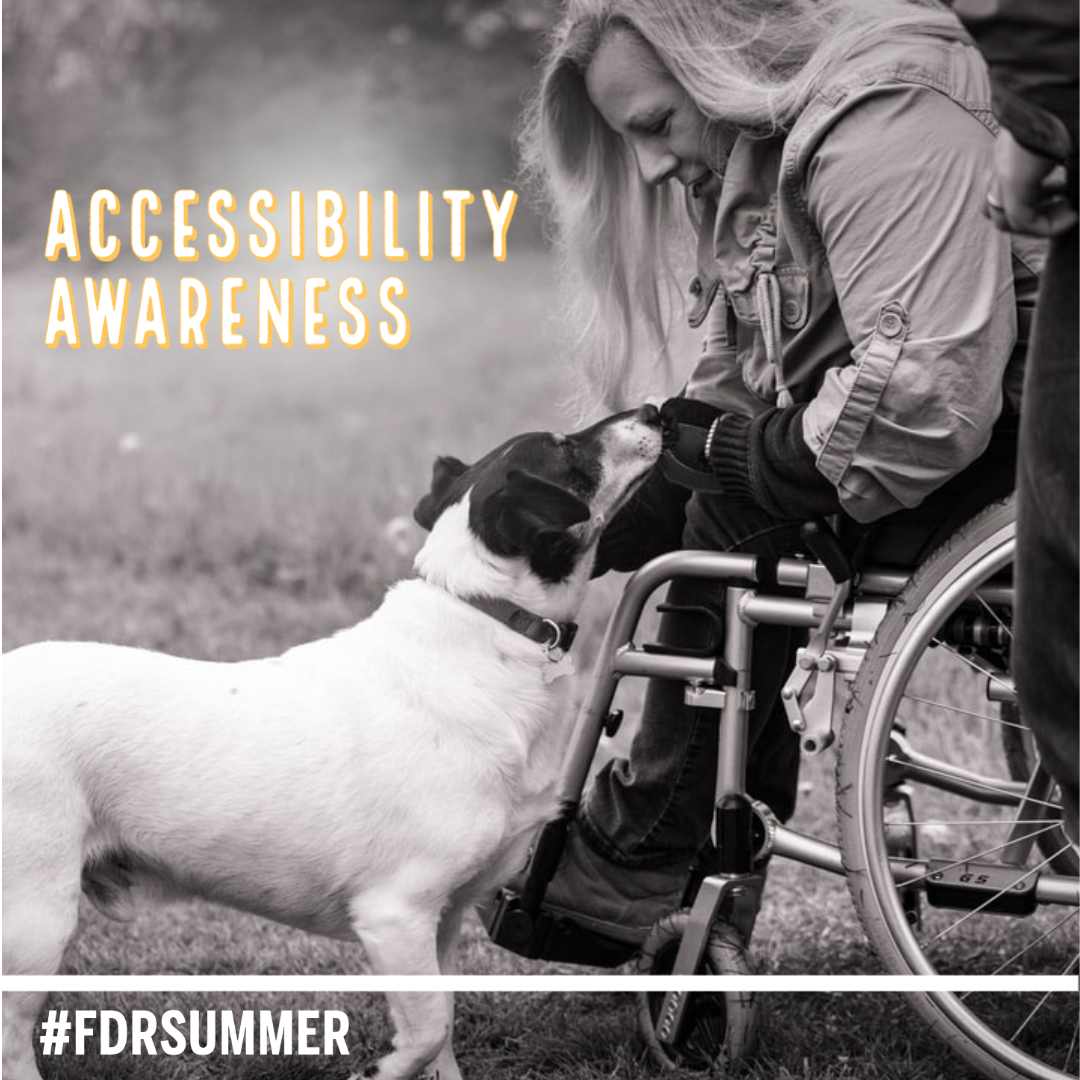
Accessibility Awareness
Franklin Roosevelt contracted a disease called polio when he was 39 that took away his ability to move his legs. And while he needed leg braces and a wheel chair to get around, that never prevented him from doing what he wanted to. Specially designed items improved accessibility for FDR, like the armless wheelchair that allowed him to slide into his desk chair, and a car he could drive with levers to work the gas and brake. He even designed a small cottage with low windows, no stairs and wide and easily accessible doors so he could live more independently.
View More
Camping Out...Or In
The Roosevelts loved nature and took advantage of the great outdoors whenever and wherever they could, enjoying every opportunity to go for a picnic or to camp out.
View More
Design a New Deal Superhero
Too many people in their time and since, Franklin and Eleanor Roosevelt were heroes. Together they helped the country through the difficult years of the Great Depression and World War II. To combat the difficulties of the Great Depression, FDR created a set of programs called the New Deal. Like a DC or Marvel superhero, each program was designed with special powers to battle a particular challenge.
View More
FDR Man About Town
Franklin Roosevelt was born in Hyde Park, Dutchess County, NY on January 30, 1882, and it remained his home even while he was away at school, in Washington, DC, as Assistant Secretary of the Navy and as President, and in Albany, NY, as Governor. As a result he had many opportunities to contribute to and participate in groups, organizations, and activities where he grew up and spent his life.
View More
Hot Dogs: America’s Favorite Summer Time Food
One of the Roosevelt family’s favorite summer time foods was the American classic, a good old fashioned hot dog! The Roosevelts loved picnics and cookouts and you can bet that hot dogs would have a prominent place on the menu. One time the Roosevelts had the King and Queen of England for a picnic in Hyde Park, and yes, they even served them hot dogs!
View More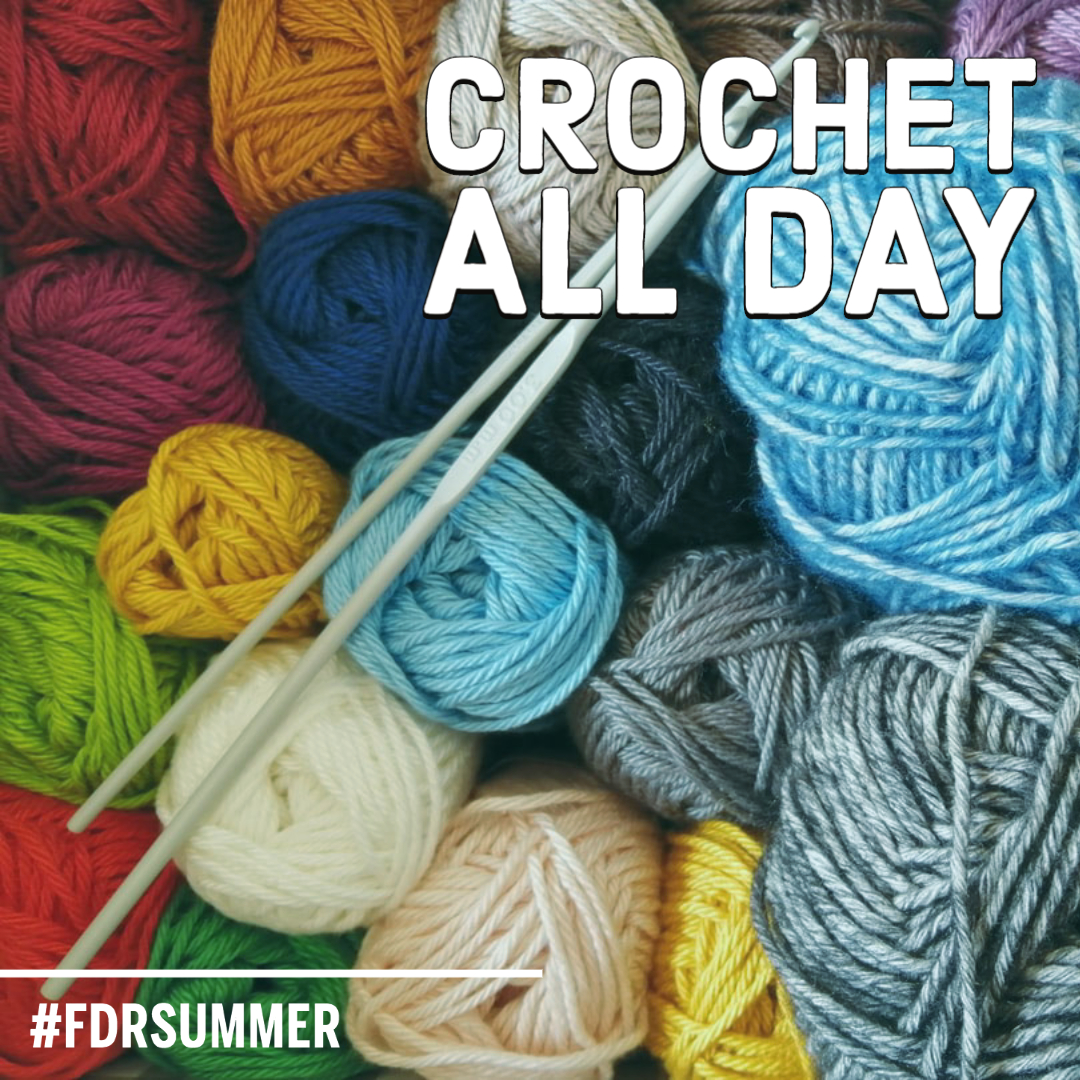
Learn to Knit or Crochet
Eleanor Roosevelt liked to keep busy and she was constantly on the go – attending meetings, advocating for causes, or writing articles, essays, and books about issues that were important to her. Throughout these activities she kept her knitting bag close at hand to make items like hats, sweaters, or baby clothes she would be give to friends and family as heartfelt, homespun gifts on special occasions or at the holidays.
View More
Make or Set up a Bird Feeder
President Roosevelt loved birds. As a boy he spent many hours in the woods and fields of his family’s estate searching for and observing the wide variety of birds that live in or visit the Hudson Valley of New York.
View More
Movie Night
FDR loved movies. Movies offered him a temporary escape from the pressures and burdens of the Presidency which were extraordinarily heavy during the Great Depression and World War II. He especially liked comedies, particularly the work of the 1930s and 1940s comedy team Abbott and Costello. He even invited them to perform at the White House several times while he was President.
View More
Explore a Nature Trail Near You
During the Great Depression FDR’s New Deal created a series of programs designed to put millions of unemployed people to work. One of his favorites was the Civilian Conservation Corps (CCC), which built recreational trails and facilities, many still in use today.
View More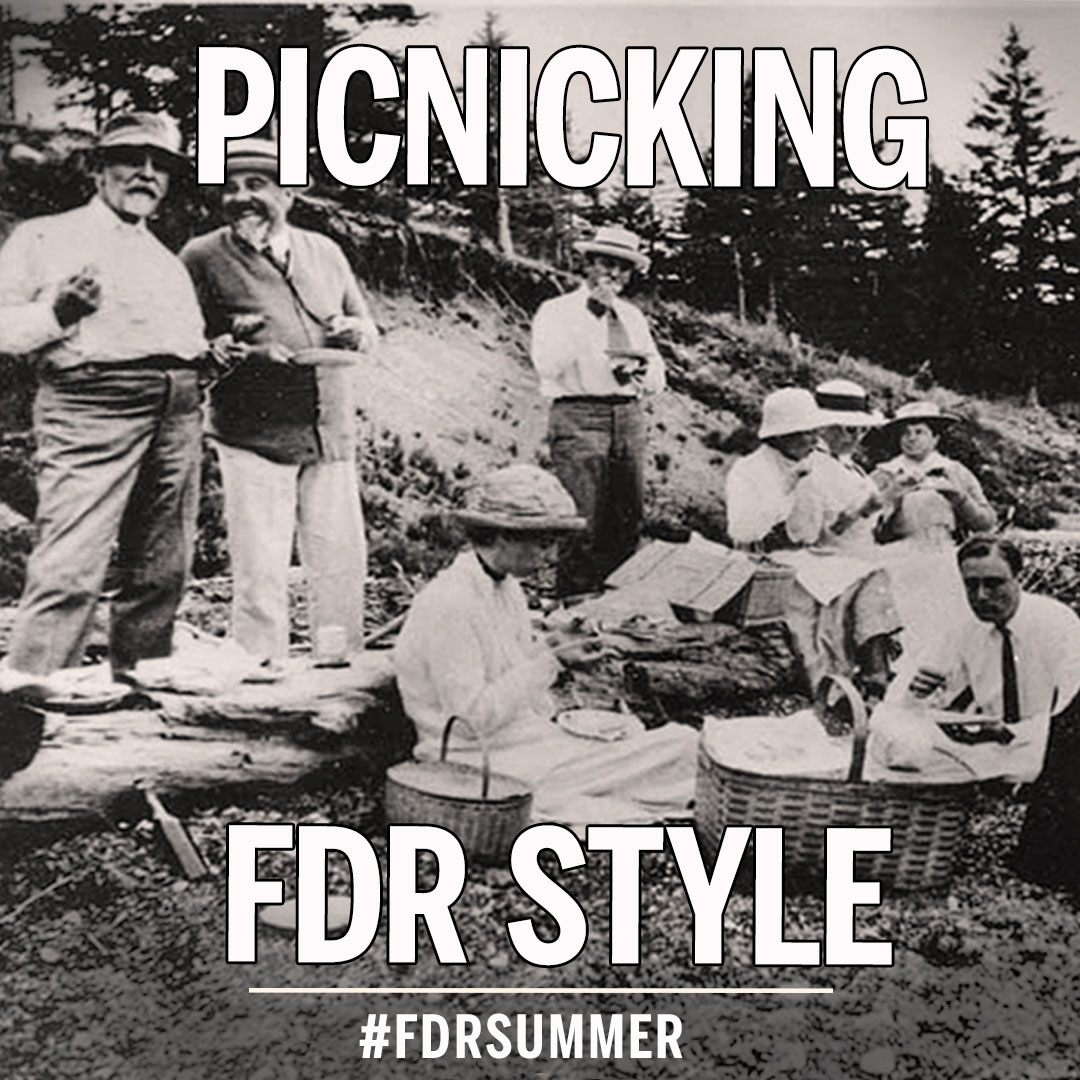
Plan to Go On A Picnic
One of the Roosevelt family’s favorite outdoor activities was going on picnics. All throughout the nice weather months President and Mrs. Roosevelt would take every opportunity they got to picnic with friends and family. Sometimes they set up their basket right out on their own lawn, other times they would seek out special places in the woods near a pond or a stream.
View More
Put On A Play
FDR created a series of programs called the New Deal to put people back to work. One of the programs, called Federal Project One, hired writers, directors, musicians and actors to put on plays and performances. Their work helped to lift the spirits of the audiences they performed for while giving them some much needed income.
View More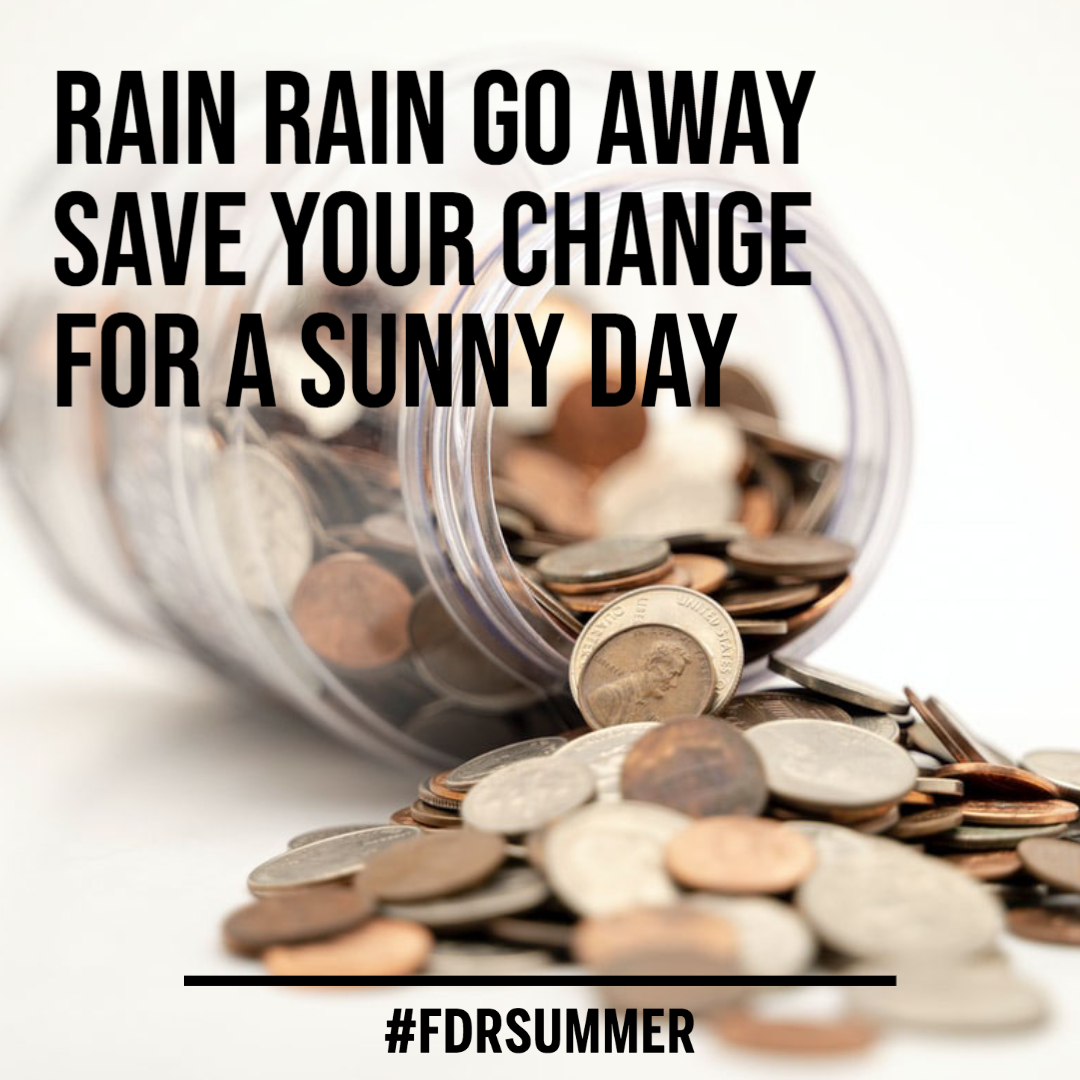
Saving for a Rainy Day
Benjamin Franklin is famous for the idiom, “a penny saved, is a penny earned,” emphasizing the importance of saving some of the money that comes to you instead of spending it all.
View More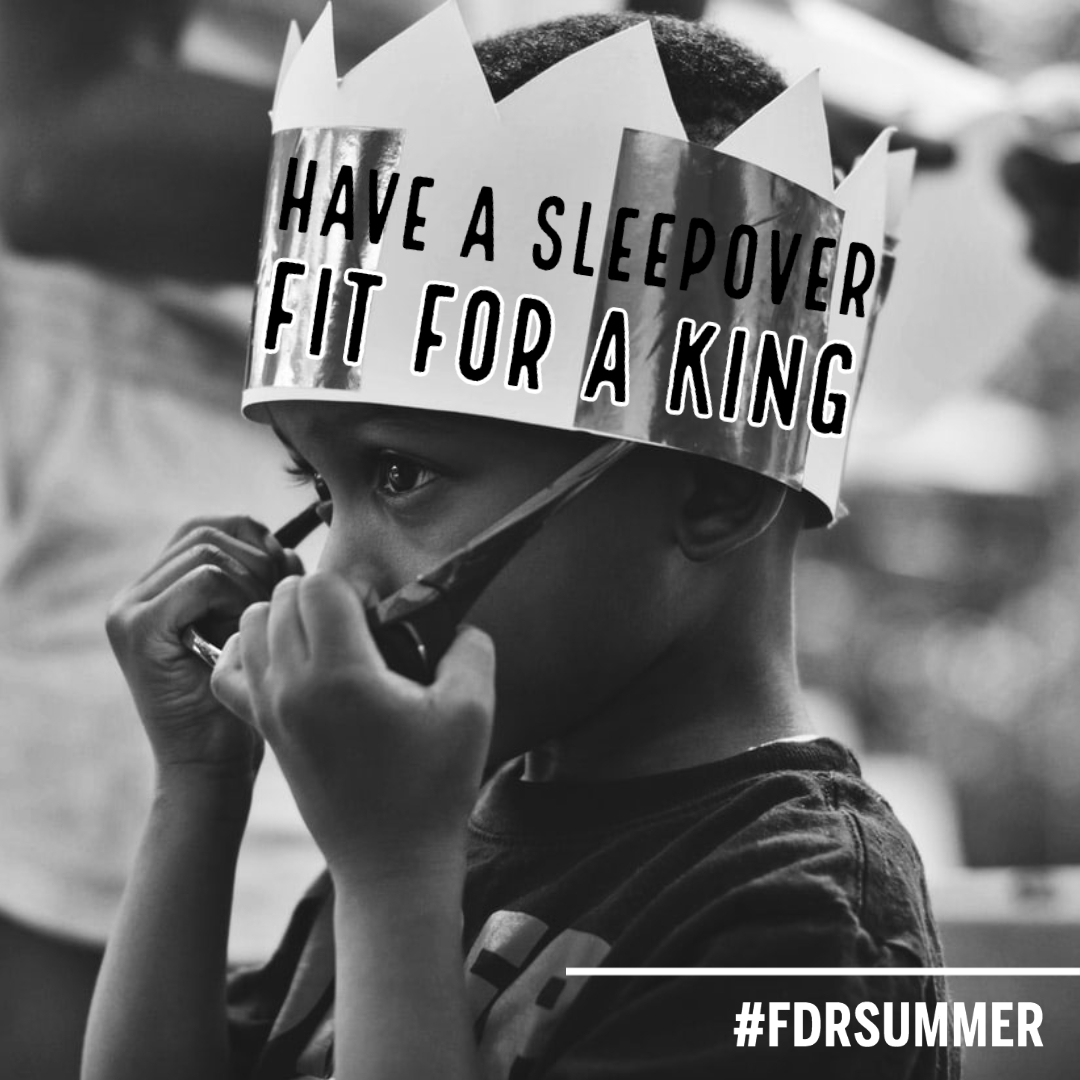
Plan a Sleepover Fit for a King
President and Mrs. Roosevelt loved to be surrounded by family and friends and nearly always had house guests. In 1939, the Roosevelts invited the King and Queen of England to be overnight guests at their home in Hyde Park, and FDR and the King stayed up late into the night talking about shared interests and world affairs.
View More
Summer Reading - Set a Goal
Both President and Mrs. Roosevelt loved to read. By the time of his death on April 12, 1945, FDR had amassed a personal book collection containing about 23,000 books! Over the course of her life Mrs. Roosevelt wrote about two dozen books and thousands of articles and essays that were read by millions around the world.
View More
The Stars at Night Shine Big and Bright
Long before GPS people used to navigate using maps and compasses. Maps showed the features of an area printed on paper, and compasses used the Earth’s magnetic field to point north. But what if an area had no fixed features, like the oceans? Sailors found their way by using the stars and a tool called a sextant. An accomplished sailor, FDR appreciated the stars for their usefulness in navigation and their beauty.
View More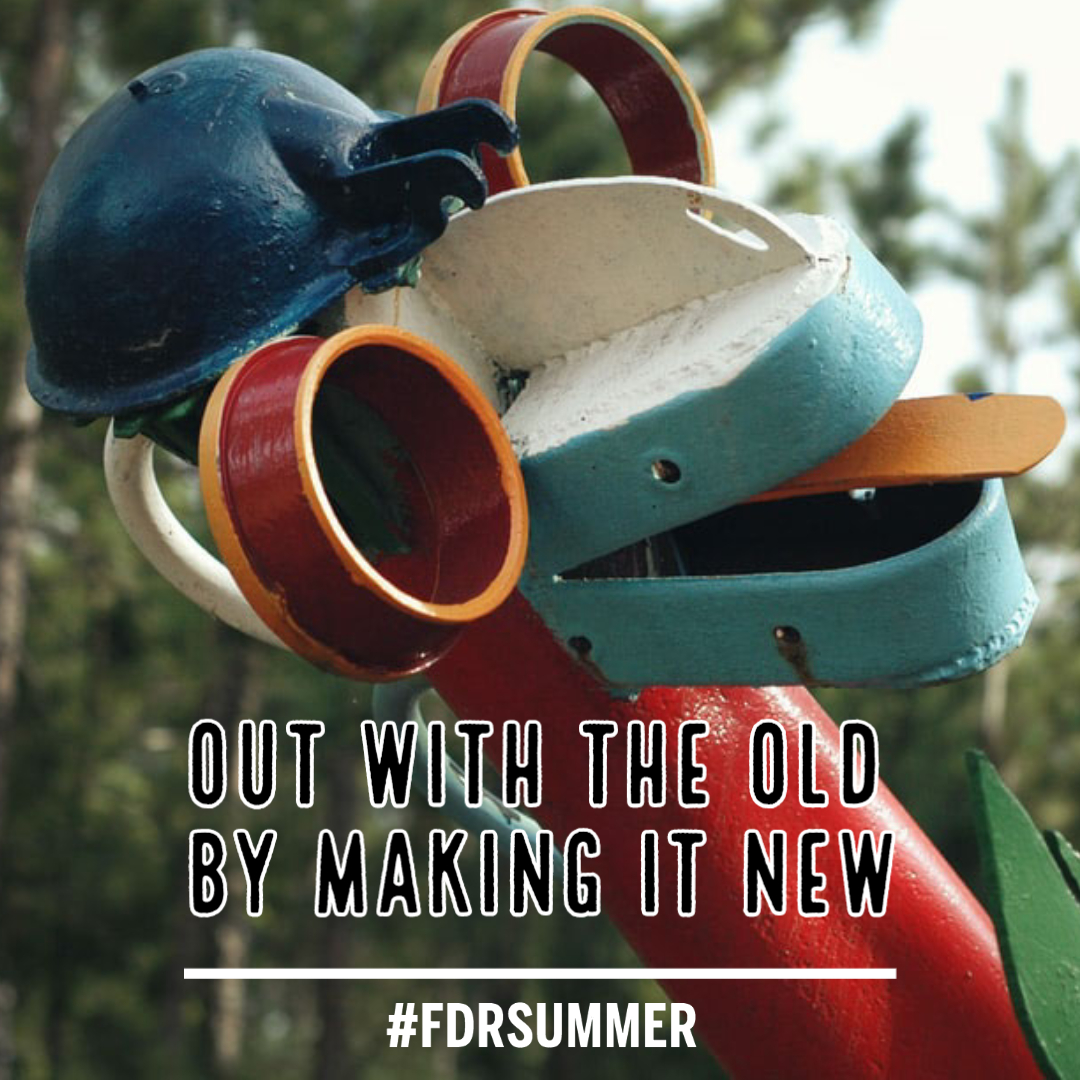
Use It Up, Wear It Out, Make it Do, or Do Without
During the Great Depression money was hard to come by and so people were not able to go to the store or order whatever they wanted or needed online. In fact there was no online in those days! People became creative in the way they used, and reused, what they had. “Use it up, wear it out, make it do, or do without” became a popular saying. Today we call that “repurposing” or “upcycling.”
View More


